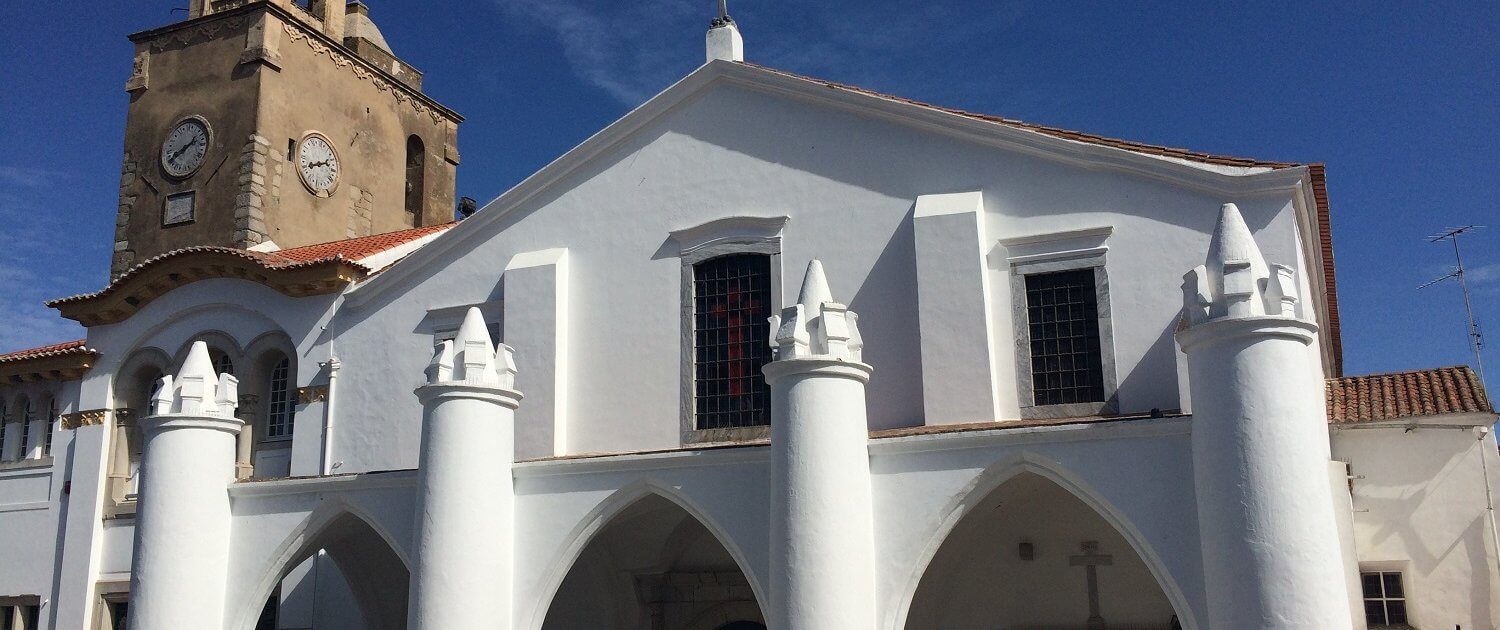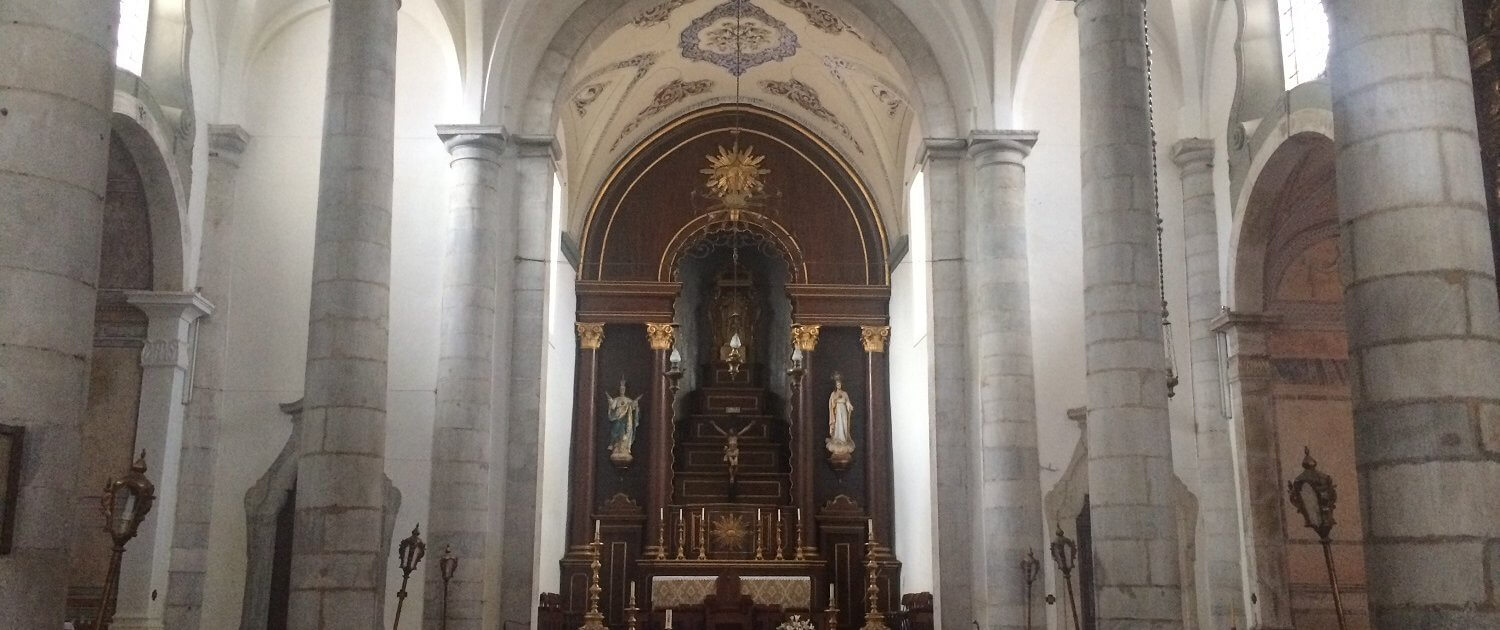Portugal Volunteers Visit Sites in Beja on Resumed Service Program
After a stimulating week back in English-language classrooms in Beja, Global Volunteers’ Portugal volunteers have a variety of options for weekend and evening free time. For those who love history, architecture, culture, and great food, the options keep enthusiastic team members busy. Some like to explore the region’s natural and historical attractions after the work day as well. Read on to learn about the best sites to visit on a future Portugal volunteer vacation with Global Volunteers!
Your home base on Global Volunteers’ Portugal service program is Beja, a diminutive and beautiful, historically-rich jewel surrounded by cork farms and vineyards. If you enjoy architecture and romance mixed in with your service, Portugal is the right volunteer destination for you. These are a few of the best options our volunteers are considering this week in Beja:
Beja Castle
This majestic piece of Roman architecture is the jewel of Beja and accessible during the day, early evening and on the weekends for volunteers. Its main tower stands an impressive 130 feet tall – the highest in the Iberian Peninsula. The Torre de Menagem (keep tower) was constructed completely from marble and offers an incredible panoramic view that spans for miles. The best part is that you can visit it for free! Of course you’ll have to climb 100 stairs to get to the top, but the view is totally worth it.

Museu Visigótico
Just a few minutes’ walk from Beja Castle, you can find another historic wonder. Museu Visigótico (Visigothic Museum) is a small museum inside Igreja de Santo Amaro (Saint Amaro Church). The church, built in the 6th century, is one of the oldest buildings in Portugal. As the name tells, it used to be a Visigothic church, but now houses a museum full of history and mystery. As a plus, the admission fee gives you access to the next-door Beja Regional Museum featuring a crush of fascinating artifacts.

Museu Rainha Dona Leonor
The Queen Eleonor Regional Museum (Beja Regional Museum) is the oldest museum in Portugal. The structure was originally built in the 15th century as part of the Convent of the Conception (Convento de Nossa Senhora da Conceição), but it opened its doors as a museum in 1791. Here the architecture is the central piece, with gorgeous frescos, beautiful tiles, and engraved altars throughout.

Cartas Portuguesas
After visiting the Regional Museum, you can explore the Convent of the Conception, where the main attraction is not religion or architecture, but rather a forbidden love story. According to the legend, Mariana Alcoforado, a nun living in the convent in the 15th century, saw a French soldier from a window and fell in love. The legend continues that she wrote passionate and then-scandalous letters to him which were subsequently published in the 17th century. Fact or fiction? You can explore more about it in the building where the love story started, which includes the window from which Mariana first glimpsed the object of her infatuation.

Jorge Vieira Museum
Art lovers enjoy the museum named for one of the most prominent Lisbon sculptors, Jorge Vieira. The museum not only showcases pieces by Vieira, but also many other pieces by lesser-known local artists. The museum is small, but overflowing with interesting and original contemporary pieces. And you don’t have to worry about your budget; the museum offers free entry.
Ruínas Romanas de Pisões
Located in southwest Beja, these obscure Roman ruins are often overlooked by casual tourists. Although the site has been officially closed for many years, as a volunteer for one or two weeks, you have plenty of time to visit these well-preserved remains of a Roman villa with your students or teammates. The local tourist office will arrange a guided tour of the former palace of over 40 rooms featured mosaics, a heating system, and remains of Doric columns.

Hospital da Misericórdia
The Hospital of Mercy was originally built in the 15th century, and although it’s not a hospital anymore, it still stands as one of Beja’s most important historical monuments. Its main attraction is its architecture, a transition from Gothic to Manueline styles. The ornate windows and vaulted ceilings, the 19th century tiles adorning walls and corridors, and the old cemetery are magnificent pieces that beg to be admired.

Adventure in Beja:
Off-roading, cycling, kayaking, and many other activities are available to volunteers throughout the week. But perhaps the optimal adventure is hot air ballooning to delight in an incredible view of Beja and the whole Alentejo region from the air! image: https://www.visitportugal.com
You may also like:




Leave a Reply
Want to join the discussion?Feel free to contribute!